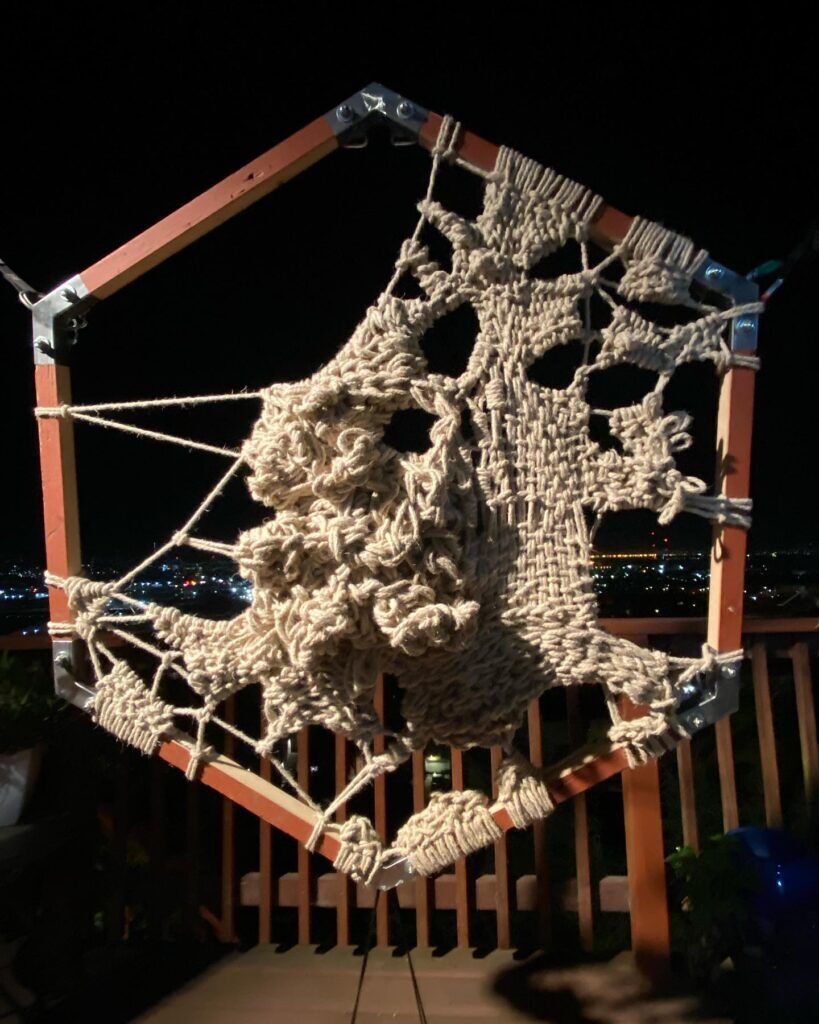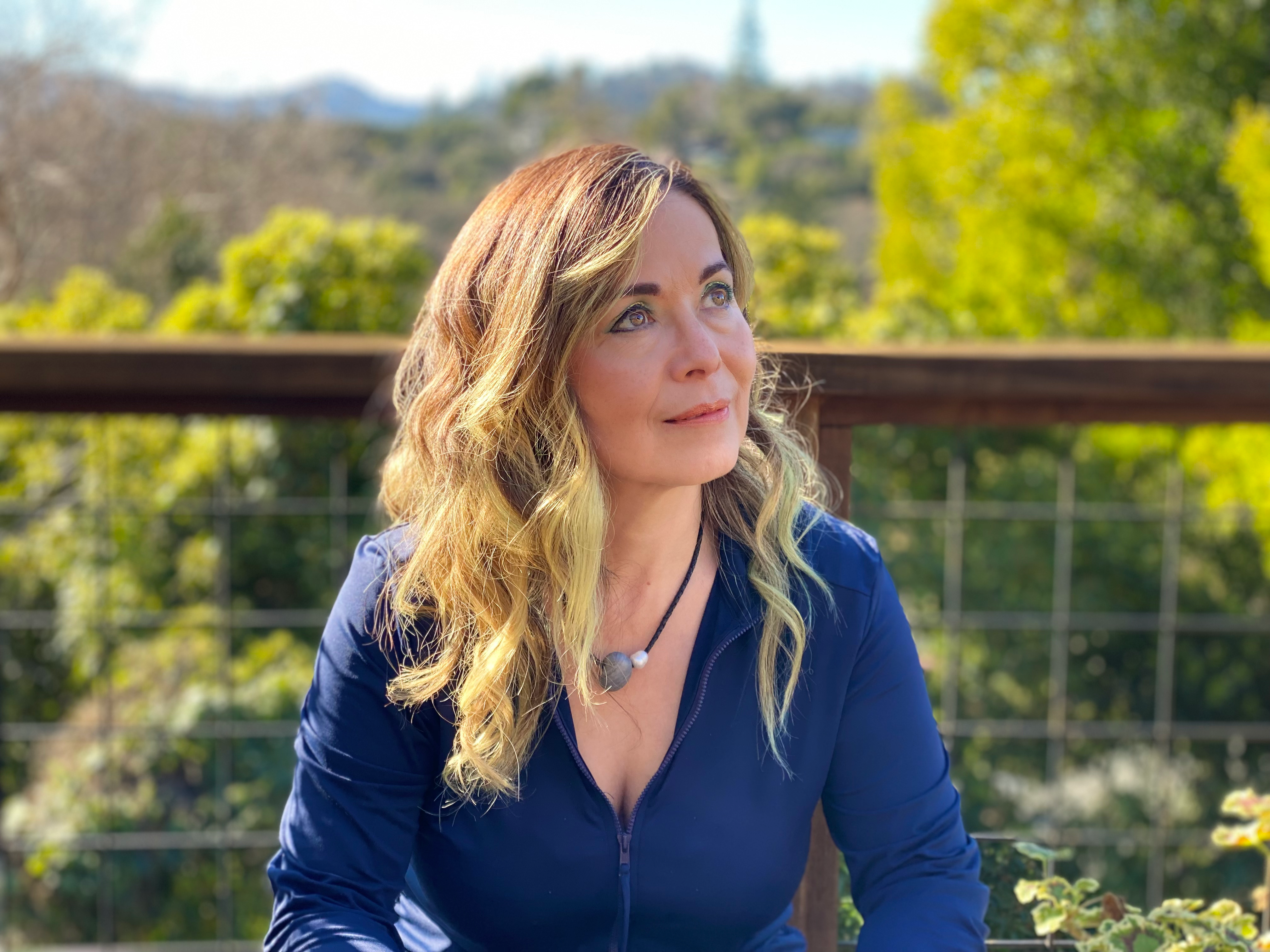Anyone who has been remotely interested in the art of Japanese rope bondage has probably heard the name Midori. After writing the first English-language book on the subject, the trailblazing artist has become somewhat of a household name to members of the kink community. Published in 2002, “The Seductive Art of Japanese Bondage” was groundbreaking for its time and gave much-needed insight into the unique, sensual world of shibari, paving the way for rope’s popularity in today’s culture.

Having been born, raised, and educated in Japan, the artist feels a connection to her Japanese heritage through her shibari. In many ways, the artist credits her Japanese upbringing for her ability to access and translate shibari and kinbaku teachings. Rope bondage is a cherished part of Midori’s world, but just like her bicultural identity, she cannot to be defined by just one thing. Despite her book’s claim to fame, Midori refuses to be tied down by rope bondage. “Shibari is just a small part of what I do,” Midori explains. Celebrated educator, writer, artist, and irritant to banality, Midori teaches, coaches, and consults on alternative sexuality, BDSM, Shibari cultural competency, and joyful empowerment through D/s and thoughtful kink across the globe. Saying Midori is just a rope bondage artist is like saying Leonardo da Vinci is just a painter – there are multiple facets of her career. A career that, in her words, was “entirely accidental.”

She began her journey shortly after graduating from UC Berkeley. Midori was hungry to make a way for herself, but did know which career path she should take. “I was kind of mediocre,” she says. “Unlike my colleagues, I didn’t know what thrilled me. I wasn’t like ‘I’m going to be an engineer. I’m going to be a lawyer. I’m going to be a therapist.’ I’m maybe going to graduate! I didn’t really have a whole lot of guidance.”
Working an uninspiring job as an office clerk in San Francisco, Midori was thrilled when she was asked to write a column for a local newspaper. This column’s subject matter focused entirely on fetishes, which in turn made a salacious scholar out of young Midori. Letting her curiosity be the guide, she traveled in the same circles as San Francisco’s most kinky denizens. She describes herself as being shy at that age, and she appreciated the structured socializing some kink meetups and underground parties offered.

Through these connections, Midori found her vocation. She started working in community-based, grassroots, safer sex education towards the latter part of the AIDS epidemic. At that time, there was an overwhelming amount of anti-LGBTQ+ rhetoric circling the community: “Sex = Death. Gay = Disease.” She says there was a “dark cloud of grief over San Francisco, with politicians saying things like ‘round up the f*gs and gas them.’” With those fighting words, Midori felt called to respond.
Saying Midori is just a rope bondage artist is like saying Leonardo da Vinci is just a painter.
Midori recognized that the resources out in the world at that time were wholly inadequate. She goes on to say that these resources, like abstinence-based sex education, were not only inadequate, “but in denial of humanity.” To combat this, she joined a small group of people whose work was at the forefront of what would eventually be called the sex-positive movement. Together with researchers and educators like Dr. Carol Queen, Robert Lawrence, and Dr. Annie Sprinkle, among others, and with the support of local businesses on Folsom Street, these changemakers helped to shift the paradigm around queer sex, pave the way to safer sex education, and lay the framework for a modern, sex-positive, consent-driven community.

Looking back, she muses, “I didn’t know my volunteer work would end up becoming a career.” At times controversial, her early volunteer work inspired her to further her education in the field. Through her Sex Educator training with San Francisco Sex Information, a non-profit organization, she learned that “anyone who has a question deserves an answer.” This principle has been a guiding light throughout her career as she rose to fame within the San Francisco kink community and beyond.
Midori went on to create Rope Dojo in 2002 and ForteFemme: Women’s Dominance Intensive in 2004. In 2020, she launched the monthly deep dive discussion youtube program Consent Dojo. Midori is now the Co-Director of Curriculum for Kink Informed Certification, part of the Sexual Health Alliance, training therapists and helping professionals to provide safe, compassionate, and inclusive service to their clients. In 2022, She received the Humanitarian Award from the American Association of Sex Educators Therapists & Counselors (AASECT) and the Effing Foundation Grant. She has been honored with a Sainthood by The Sisters of Perpetual Indulgence. In addition to “The Seductive Art of Japanese Bondage,” she has authored “Wild Side Sex,” “Master Han’s Daughter,” “Toybag Guide to Foot and Shoe Worship,” and “Silk Threads.” She is currently working on a follow-up book about Shibari and strategies for engaged play.
Midori defines her career by two tracks, sex education on one side and art on the other. The intersection of these two tracks is what inspires her the most. She says, “It’s actually two sides of the same coin, centered around creativity.” Midori thinks it’s critical for people to get in touch with their authentic sexual desires because, in her words, “If you don’t know what you want, you can’t ask for it…you have to take a look at what it is that you seek, who it is that you are, to have that creative expression. [My work] is about enabling and giving others the tools to engage in creativity, self-knowledge, self-expression.” Whether it’s a Tedx Talk in front of hundreds of people, one-on-one ichinawa scenes at kink conventions, or intricate shibari art installations throughout the Bay Area, Midori finds avenues of self-expression through many different mediums.
In the end, Midori admits the true motivation behind her lifelong pursuit of sexual liberation comes from self-preservation. “Don’t die and be horny,” she jokes. She came up during a time when BDSM was still considered a pathological condition, when being kinky and queer could lead to severe consequences, when the scene was still very much underground. “Incarceration, loss of your job, loss of your children, loss of your social standing,” she names a few. Seeing how Kink has become more accepted is a testament to the work she and many sex educators in her circles have done throughout the years.
Since starting her work, BDSM has been taken off the DSM and is no longer considered a criminal act thanks to research scientists and social advocates like Richard Sproat and Dr. Mosier. But there is still work to be done. Especially when considering the silent K in LGBTQ+. “I think we’re figuring it out,” Midori explains. “For some people, [kink] is an orientation. For others, it’s recreation. We’re figuring it out. I don’t think we have an answer.” ♦
Don't forget to share:
This article includes links that may result in a small affiliate share for purchased products, which helps support independent LGBTQ+ media.
Help make sure LGBTQ+ stories are being told...
We can't rely on mainstream media to tell our stories. That's why we don't lock our articles behind a paywall. Will you support our mission with a contribution today?
Cancel anytime · Proudly LGBTQ+ owned and operated
Read More in Culture
The Latest on INTO
Subscribe to get a twice-weekly dose of queer news, updates, and insights from the INTO team.
in Your Inbox













